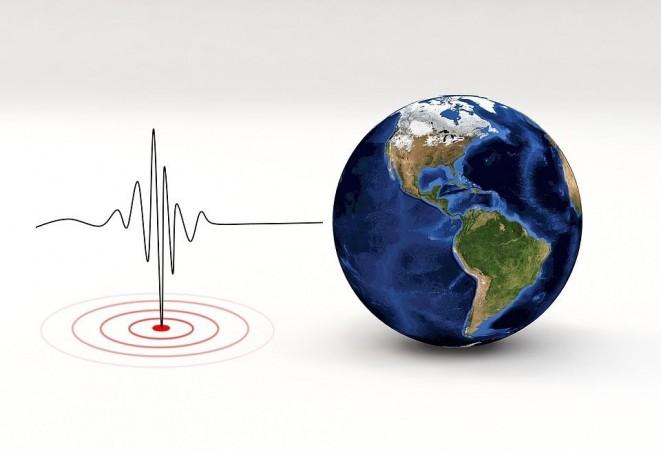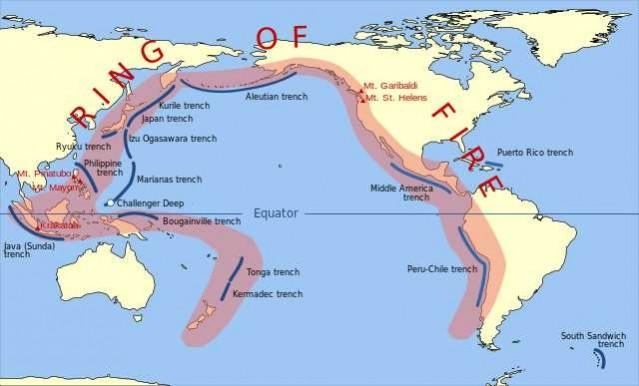An earthquake with a magnitude of 5.8 jolted 38 km south of Mount Buller in the Australia's state of Victoria on Tuesday night, the US Geological Survey said. Geoscience Australia reported the earthquake occurred at 9:15 am on Wednesday and was 10-kilometers deep.
Though, Australia and New Zealand are considered outside the Ring of Fire, that is prone to volcano-induced earthquakes, recent increase in tectonic movements in the region may push the entire continent as part of the Ring of Fire zone soon.

The epicentre, around Mansfield in Victoria's north-east, is about 130 km away from Australia's second-largest city of Melbourne, Xinhua news agency reported.
The Seismology Center reported that preliminary readings showed the quake lasted around 20 seconds. No casualties were reported yet, but residents across metropolitan Melbourne and rural Victoria reported violent shaking.
Building damage has been reported across Melbourne, and apartment buildings are being evacuated in inner Melbourne.
Victoria State Emergency Service tweeted, "If you have building damage or require SES assistance, phone 132500 and please be patient as lines may be busy." Local media said there are reports emerging of significant damage in some parts of Victoria.
What's Ring of Fire
Most of the active volcanoes on Earth are located underwater, along the aptly named "Ring of Fire" in the Pacific Ocean that stretches for nearly 40,250 kilometers, running in the shape of a horseshoe from the southern tip of South America, along the west coast of North America, across the Bering Strait, down through Japan.

Though Australia doesn't fall within the quake-prone Ring of Fire, frequent earthquakes have been recorded in the region recently. However, neighboring New Zealand has been part of the Ring of Fire but Australia was kept out of the region as yet.
The Ring of Fire is the result of plate tectonics with 450 active volcanoes along subduction zones, which are convergent plate boundaries where two tectonic plates come together and earthquakes occur as the two plates scrape against each other and as the subducting plate bends.
About 90 percent of the Earth's earthquakes and about 81 percent of the world's largest earthquakes occur along the Ring of Fire.













!['He is done with the team now' : Angry Virat Kohli slams the bat, kicks the ground, yells at RCB team as SRH smashes runs [reactions]](https://data1.ibtimes.co.in/en/full/796956/he-done-team-now-angry-virat-kohli-slams-bat-kicks-ground-yells-rcb-team-srh-smashes.jpg?w=220&h=138)



